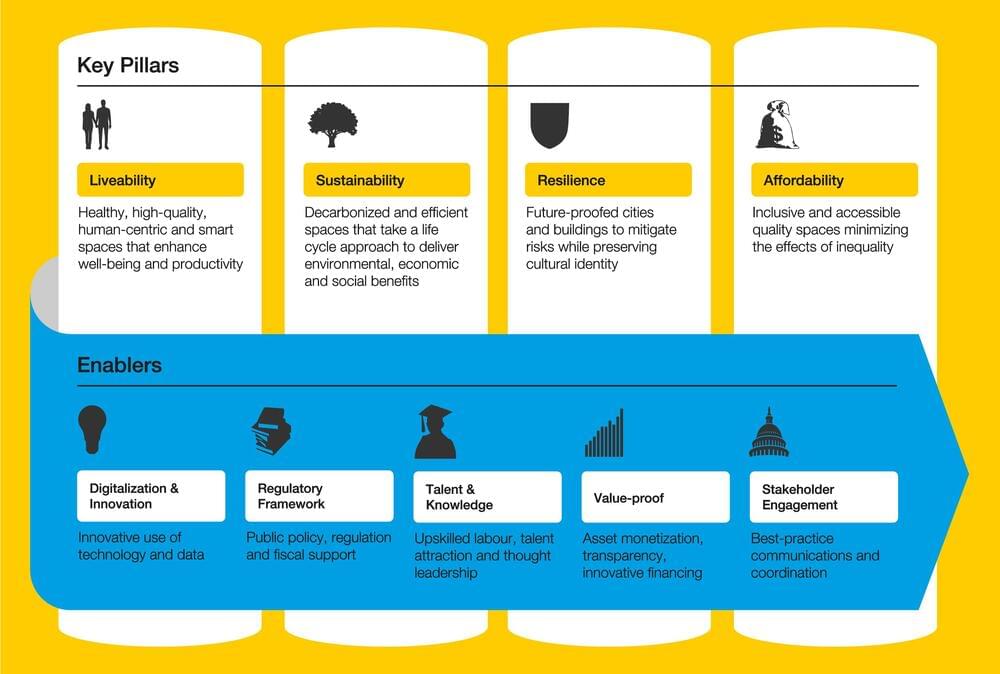Here’s a quick reminder that one of the expected results of the current pandemic is the slow, controlled, but inevitable destruction of the Canadian economy as government assets are secretly pulled out of circulation and redistributed to international bankers and their wealthiest clients.
Prime Minister Justin Trudeau’s Liberal government is asking Parliament to approve billions in new spending during a brief four-week sitting in Ottawa, but is facing questions because it has not released a full accounting of how it spent more than $600Bln last year.





